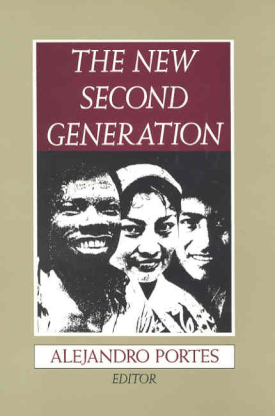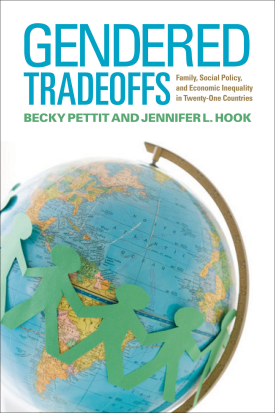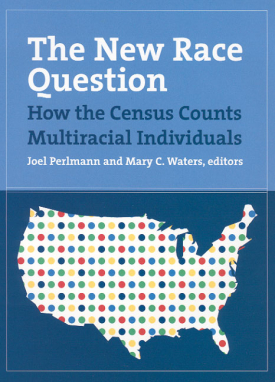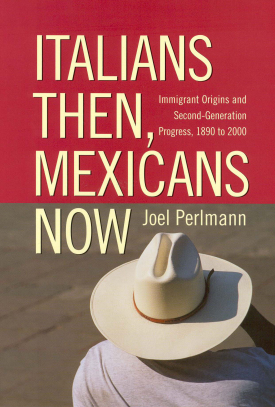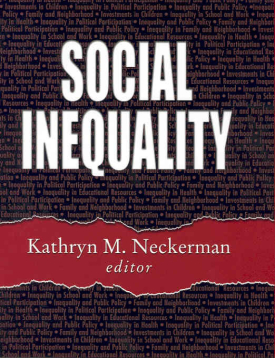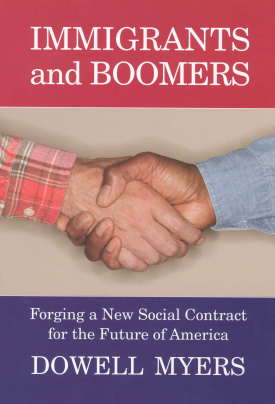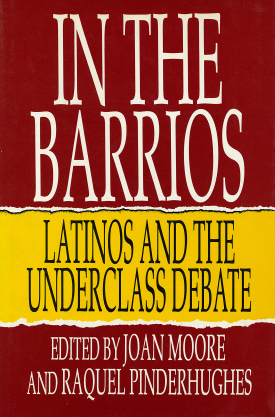
Working in a 24/7 Economy
About This Book
An economy that operates 24/7—as ours now does—imposes extraordinary burdens on workers. Two-fifths of all employed Americans work mostly during evenings, nights, weekends, or on rotating shifts outside the traditional 9-to-5 work day. The pervasiveness of nonstandard work schedules has become a significant social phenomenon, with important implications for the health and well-being of workers and their families. In Working in a 24/7 Economy, Harriet Presser looks at the effects of nonstandard work schedules on family functioning and shows how these schedules disrupt marriages and force families to cobble together complex child-care arrangements that should concern us all.
The number of hours Americans work has received ample attention, but the issue of which hours—or days—Americans work has received much less scrutiny. Working in a 24/7 Economy provides a comprehensive overview of who works nonstandard schedules and why. Presser argues that the growth in women's employment, technological change, and other demographic changes over the past thirty years gave rise to the growing demand for late-shift and weekend employment in the service sector. She also demonstrates that most people who work these hours do so primarily because it is a job requirement, rather than a choice based on personal considerations. Presser shows that the consequences of working nonstandard schedules often differ for men and women since housework and child-rearing remain assigned primarily to women even when both spouses are employed. As with many other social problems, the burden of these schedules disproportionately affects the working poor, reflecting their lack of options in the workplace and adding to their disadvantage. Presser also documents how such work arrangements have created a new rhythm of daily life within many American families, including those with two earners and absent fathers. With spouses often not at home together in the evenings or nights, and parents often not at home with their children at such times, the relatively new concept of "home-time" has emerged as primary concern for families across the nation.
Employing a wealth of empirical data, Working in a 24/7 Economy shows that nonstandard work schedules are both highly prevalent among American families and generate a level of complexity in family functioning that demands greater public attention. Presser makes a convincing case for expanded research and meaningful policy initiatives to address this growing social phenomenon.
HARRIET B. PRESSER is Distinguished University Professor in the Department of Sociology at the University of Maryland.

